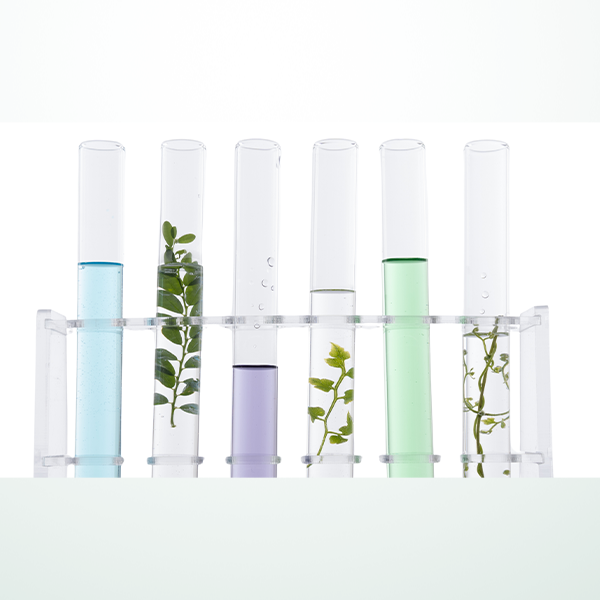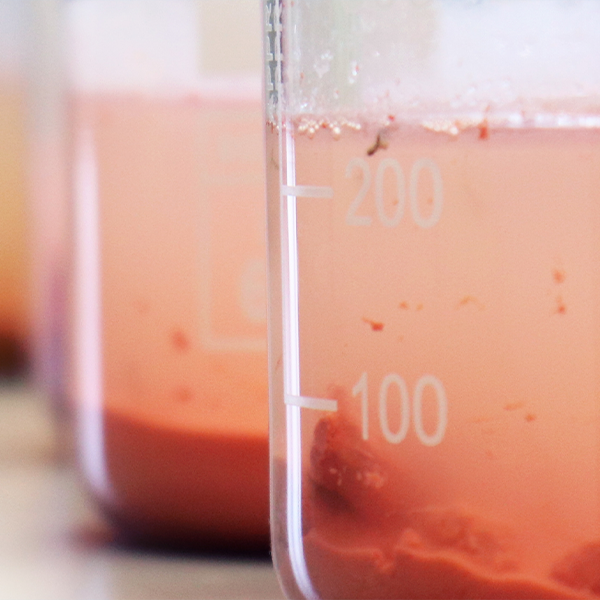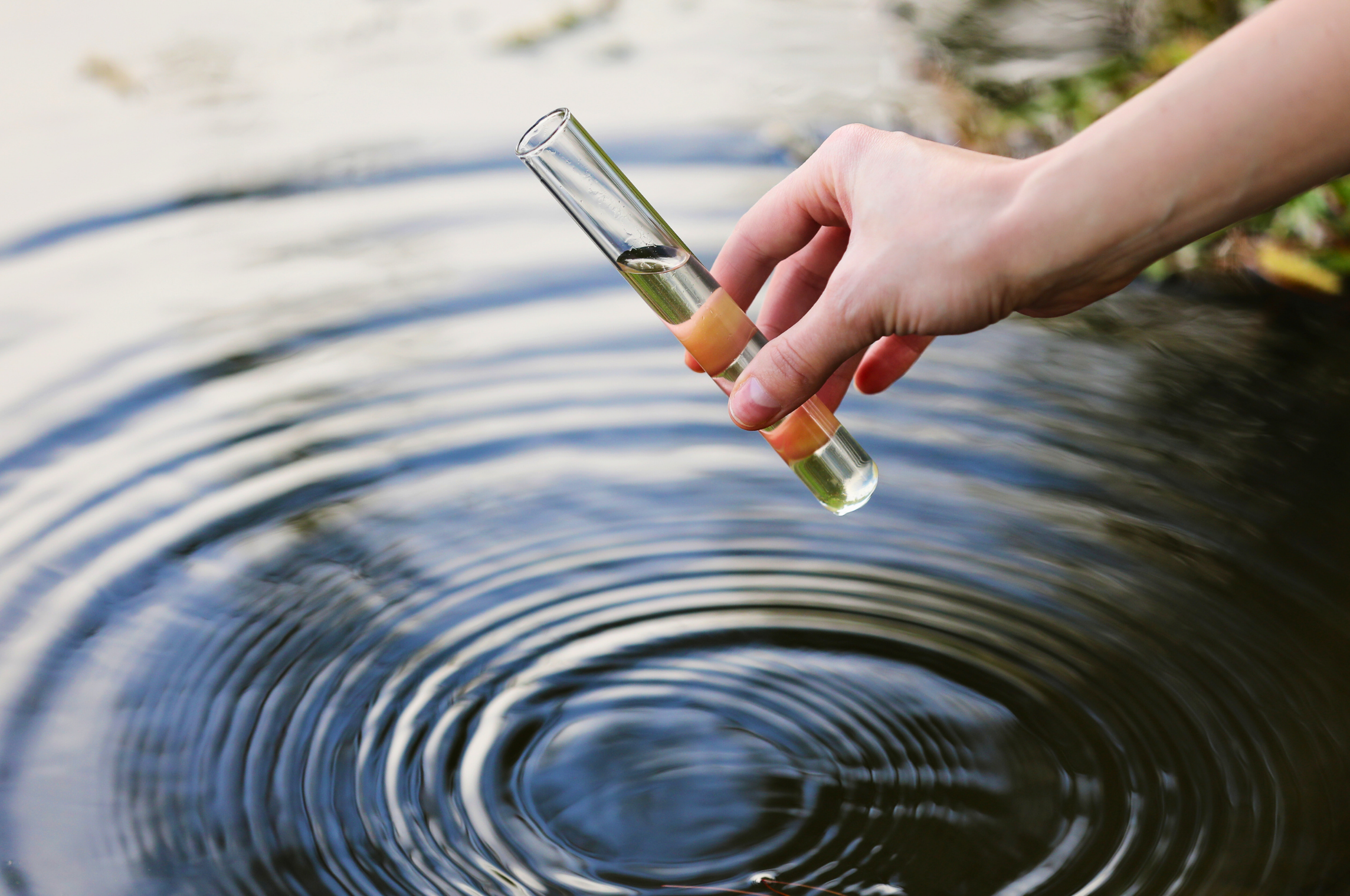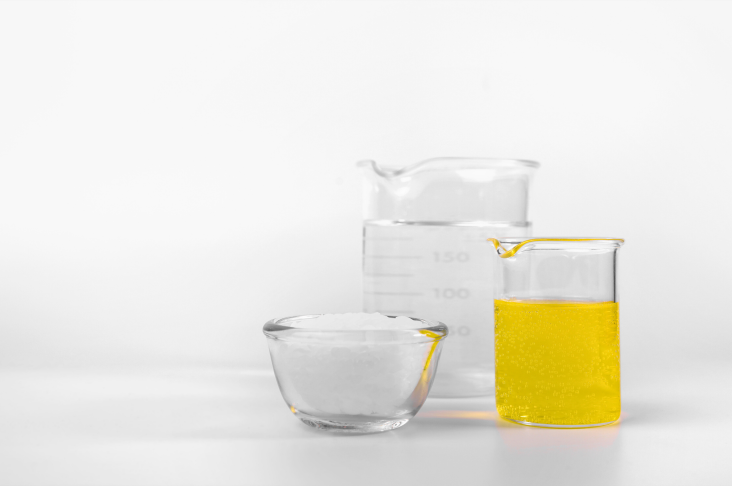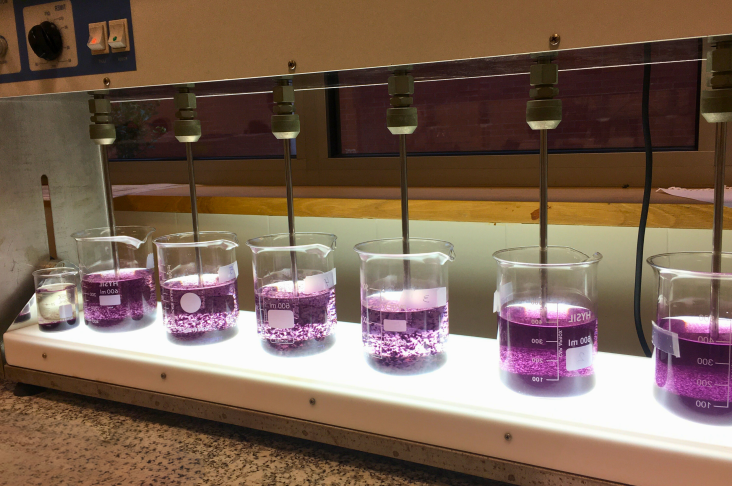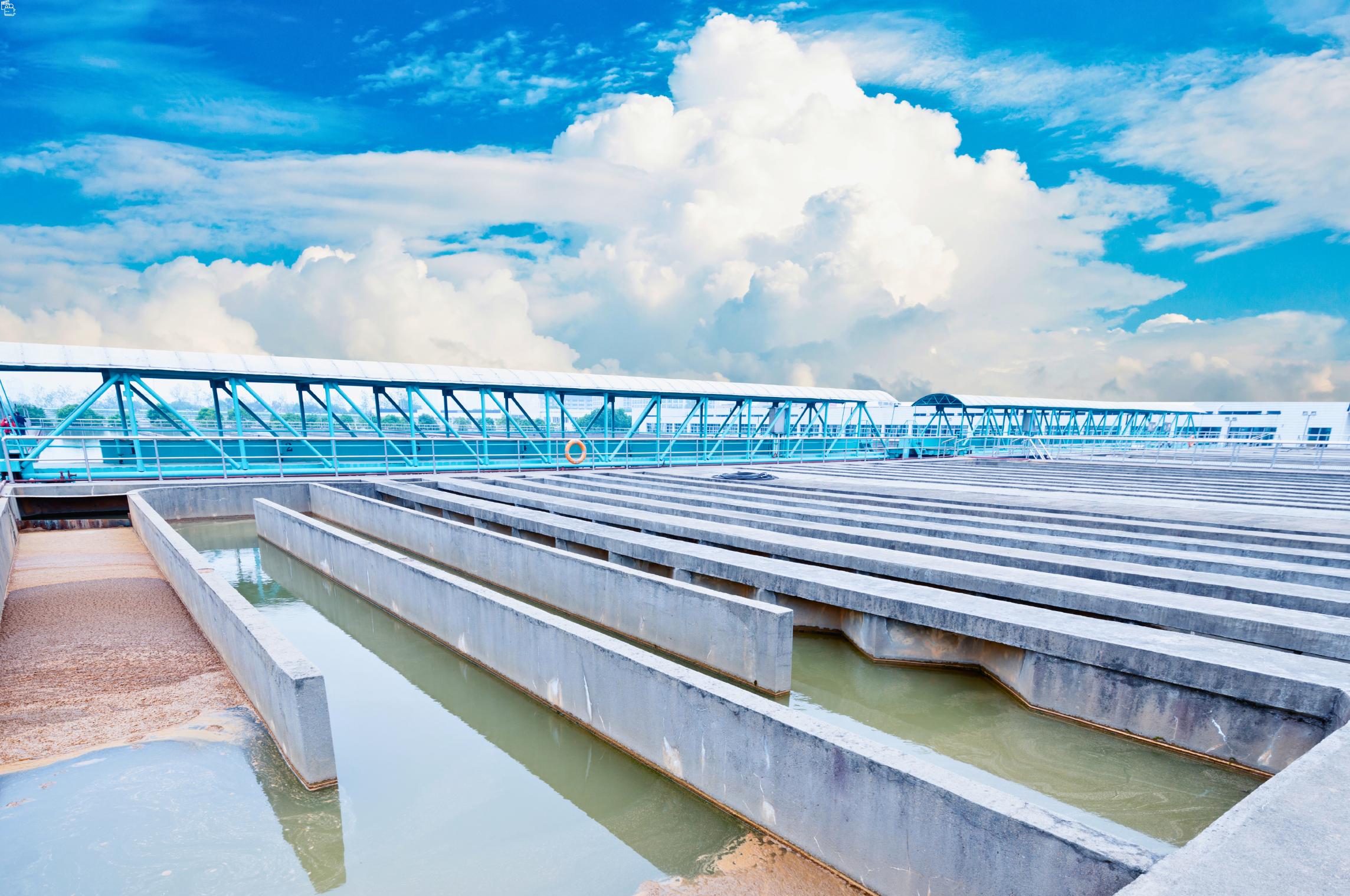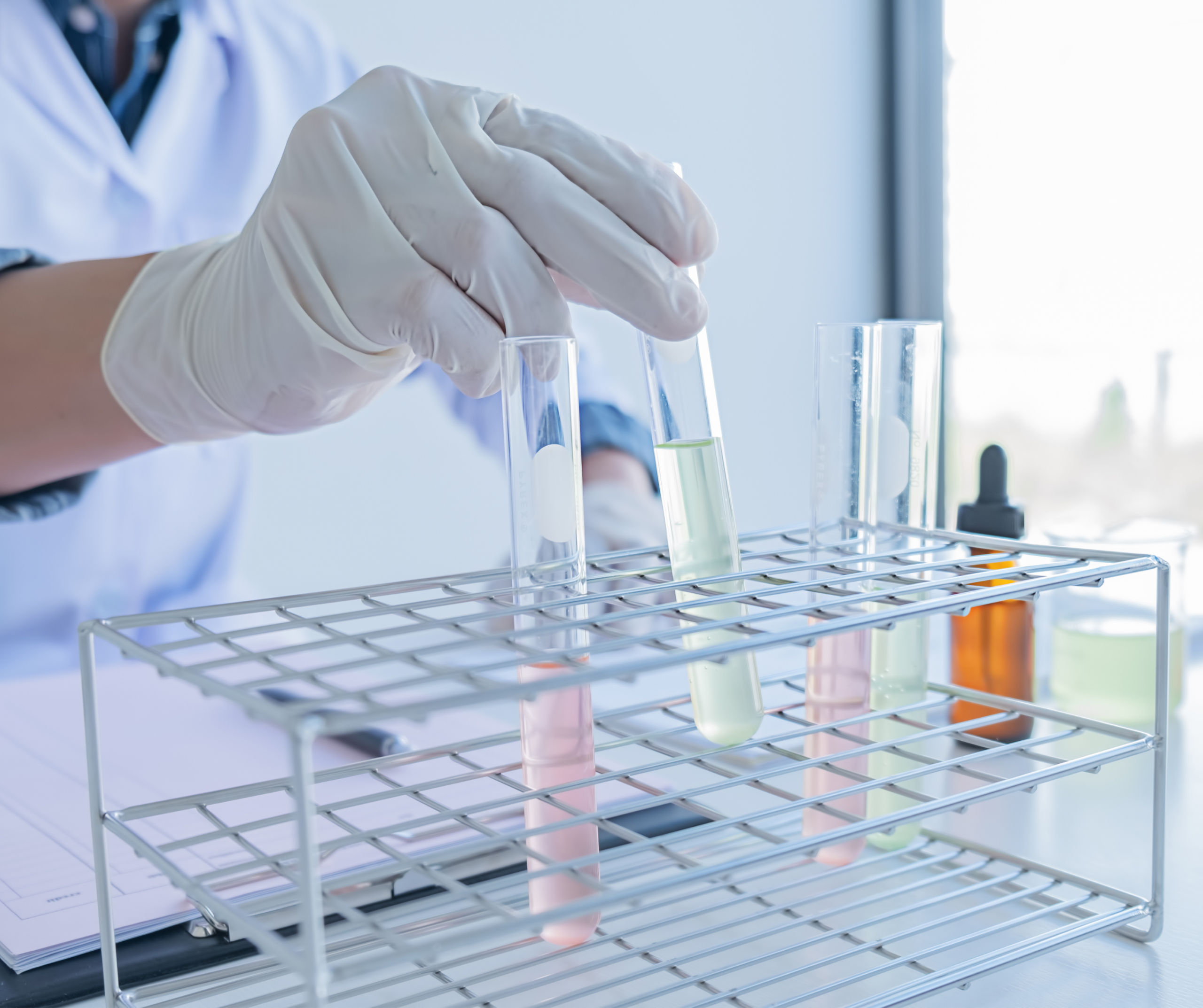All types of substances and metal ions present in clean water sources or wastewater can be harmful to the environment and human health if they exceed certain limits. Heavy metals in water, however, are harmful to both the environment and human health even at low concentrations.
Heavy metals cannot be removed from water without external chemical or physical intervention. Our products react with heavy metals, converting them into precipitable metal salts, which can then be separated from the water through other physical coagulation mechanisms.
Some heavy metals and their limits in drinking water according to the TS 266 standard are as follows:
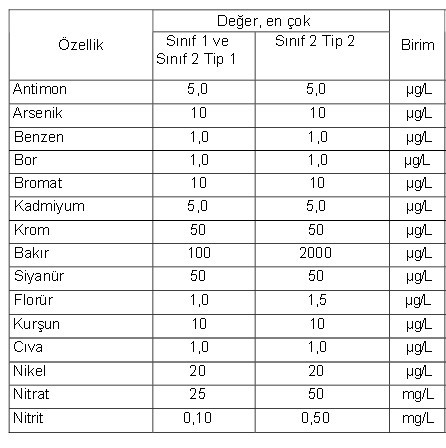
The sources and effects of these ions and heavy metals are as follows:
Barium: Barium salts are commonly used in the paper and paint industries. The permissible limit for barium in water is 1 mg/L. Exceeding this limit can cause kidney and circulatory disorders in living organisms.
Chromium: Used in chrome plating, chromium oxide production, and catalyst manufacturing industries. It can cause skin diseases and liver disorders.
Copper: Widely used in various fields. Even at concentrations below 1 mg/L in surface waters, it can have toxic effects on aquatic plants.
Nickel and Cobalt: Used in electrolytic plating. At high doses, they may cause cancer.
Cadmium: When limits are exceeded, cadmium can lead to high blood pressure and kidney diseases in living organisms.
Lead: Used in pipe, paint, and battery industries. It can cause infertility, as well as brain and kidney disorders.
Mercury: Found in some paints, flooring, and furniture varnishes. Also used as an additive in the production of plastics, paper, and fabrics.
Arsenic: A naturally occurring element commonly found in natural waters, with a natural level of around 20 ppm. The toxicity of arsenic differs from other elements. It is used in mining and metallurgical industries, and arsenic-contaminated pesticides may also cause its presence in water.


